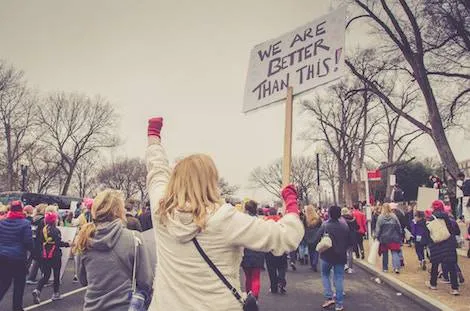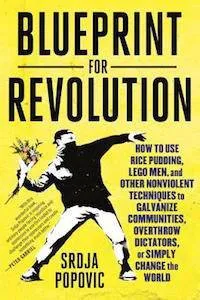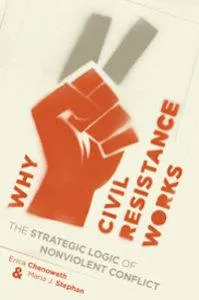
A Nonviolence Reading List
This content contains affiliate links. When you buy through these links, we may earn an affiliate commission.
The date of November 8th now has several strong associations with it. I am choosing to focus on the positive: the civic engagement bonfire that was lit last fall after November 8th. In particular, the nonviolent protests we’ve been seeing on the streets, on TV, and on Twitter.
In her TED Talk, “The Success of Nonviolent Civil Resistance,” Erica Chenoweth says that nonviolent resistance is hugely effective. It only takes 3.5% of a country’s population engaged in nonviolent resistance to enact change. Chenoweth also makes the point that we live in a society that glorifies violence, so it is hard for us to see past the rows and rows of war leaders presented as our country’s heroes. This makes it hard for us to imagine what nonviolent resistance might look like and how we could employ it.
Yet the 20th Century was full of amazing nonviolent protest, with Gandhi’s push for an independent India, the American Civil Rights Movement, the Tiananmen Square protests, and The Baltic Singing Revolution as only a few examples.
Here is a list of books to get you started on the history and the practice of nonviolence. Maybe you’ll find your feet on the pavement the next time five million women across the globe need to march. Or scientists, or working people, or supporters of black life, or defending Native land rights, or fighting religious intolerance, etc.
“A handbook for anyone who wants to effectively (and peacefully) improve your neighborhood, make a difference in your community, or change the world.”
“For more than a century, from 1900 to 2006, campaigns of nonviolent resistance were more than twice as effective as their violent counterparts in achieving their stated goals. Combining statistical analysis with case studies of specific countries and territories, Erica Chenoweth and Maria J. Stephan detail the factors enabling such campaigns to succeed and, sometimes, causing them to fail. They find that nonviolent resistance presents fewer obstacles to moral and physical involvement and commitment, and that higher levels of participation contribute to enhanced resilience, greater opportunities for tactical innovation and civic disruption (and therefore less incentive for a regime to maintain its status quo), and shifts in loyalty among opponents’ erstwhile supporters, including members of the military establishment.”











